Lenovo K900 Review
Lenovo K900
A 5.5-inch metal-bodied competitor for the Samsung Galaxy Note 2.

Verdict
Lenovo makes laptops. Lenovo makes tablets. Did you know that Lenovo also makes phones? We’ll forgive you if you don’t, as they hardly ever make it to the UK. The Lenovo K900 is one phone we’d quite like to see hit our shelves, though. It’s Lenovo’s take on the Samsung Galaxy Note 2, and boasts a seriously powerful processor.
Lenovo K900- Design and Features
The Lenovo K900 is a large phone, boasting at 5.5-inch screen that matches the Samsung Galaxy Note 2. This will automatically put it out of the running for some people, but for its size it feels distinctly light. And it’s seriously slim too, just a shade under 7mm. The k900’s severe, sharp-edges and boxy design don’t make too much of the phone’s lithe dimensions, though.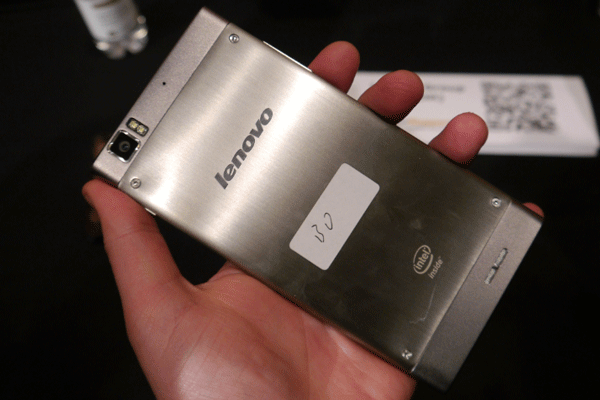
It uses what Lenovo calls its unibody design. The Lenovo K900’s rear is brushed aluminium, with the top and bottom segments using an anodised finish for a bit of differentiation.
Unibody designs generally give phones a sense of design cohesion, but the deliberate exposed screws on the rear make it look a bit like a Frankenstein phone. The Lenovo K900 isn’t shy about showing its speaker grille either, which sits at the bottom of the phone’s rear. 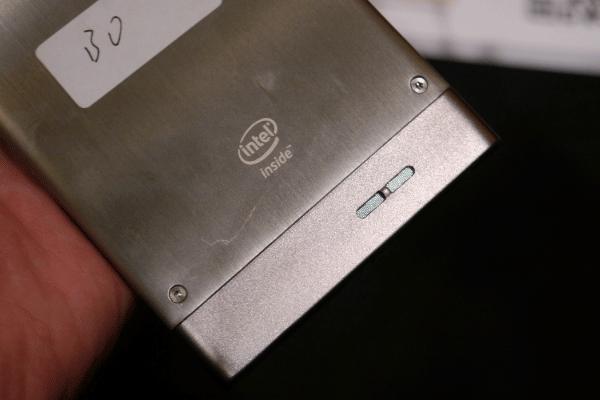
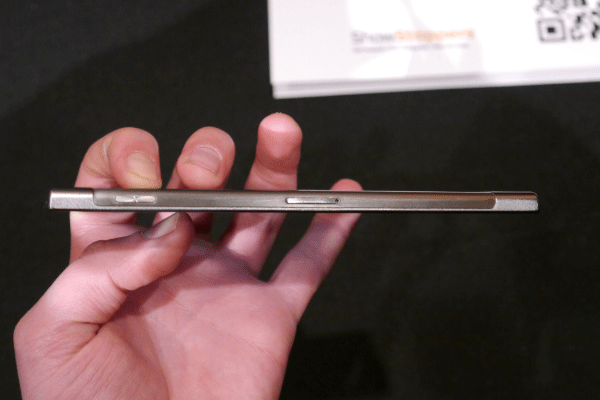
Lenovo K900 – Screen
The Lenovo K900 has a 5.5-inch screen, the same size as the Samsung Galaxy Note 2’s display. However, it uses a 1080p resolution display, matching the top-end phones of 2013.
We’re glad to see the phone uses an IPS LCD screen too, which offers more neutral-looking colours than most OLED displays. 
Lenovo K900 – Software and Performance
Running Android with a custom skin, the Lenovo K900 is just like every other Galaxy Note-a-like in town. It runs Android Jelly Bean, and its custom features are largely geared towards giving the K900 its own visual flavour. 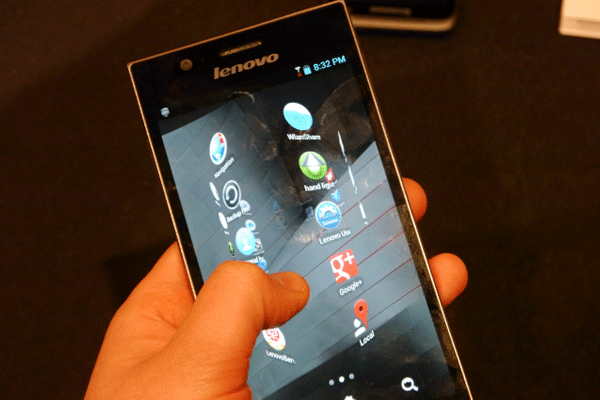
However, parts of it feel like an interface that one of the bigger Android names might have made a few years ago. For example, the apps menu folds into a 3D animated column as you switch pages. And in truth it feels a little gimmicky.
The clock widget is clearly inspired by HTC Sense too – although HTC has largely ditched this design in the HTC One’s Sense 5 UI.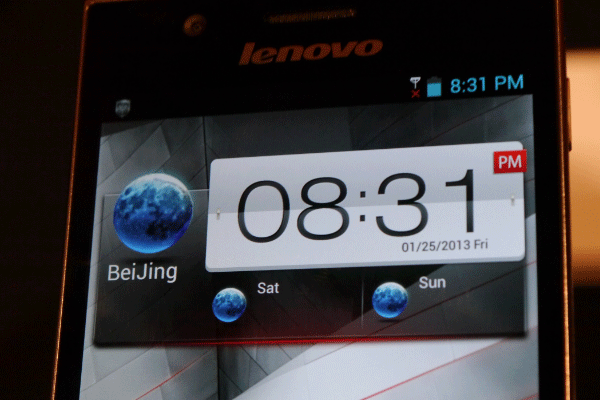
Some slightly musty visual feel aside, the engine behind the Lenovo K900 is cutting-edge. It uses the latest Intel Atom mobile processor, the dual-core 1.8GHz Z2580. This is an powerful chipset that shouldn’t be underestimated simply because it’s “just” dual-core. However, it didn’t particularly show in operation. The K900 was quick, but the Lenovo UI left some screen transitions with a bit of judder. With an Atom processor and 2GB of RAM, we wouldn’t usually expect this.
We’ll put the Lenovo K900 through proper benchmarks if Lenovo decides to launch the phone in the UK – a release here isn’t yet confirmed. 
Lenovo K900 – Camera
Continuing the top-specs trend, the Lenovo K900 has a 13-megapixel camera using the Sony sensor that just about every top-flight phone of 2013 is using. There’s also a good-quality user-facing camera, using a 2MP sensor. We’ll test these out fully once the review units ship out.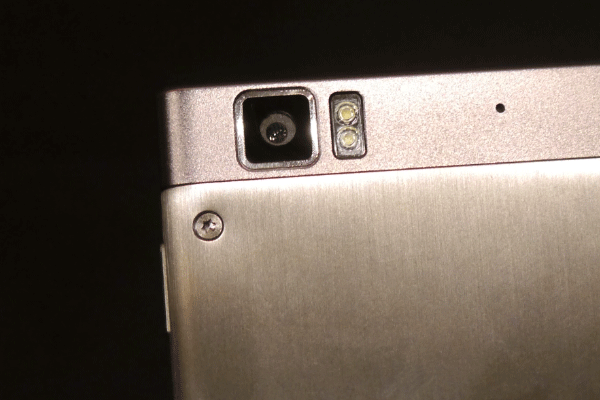
Lenovo K900 – Impressions
The Lenovo K900 boasts some impressive specs, but we’re not convinced it has the chops to lure many away from better-know phones like the Samsung Galaxy Note 2. It doesn’t have a digitiser stylus, its Atom processor will cause app compatibility headaches and some of its styling elements are slightly suspect.
How we test phones
We test every mobile phone we review thoroughly. We use industry standard tests to compare features properly and we use the phone as our main device over the review period. We’ll always tell you what we find and we never, ever, accept money to review a product.


